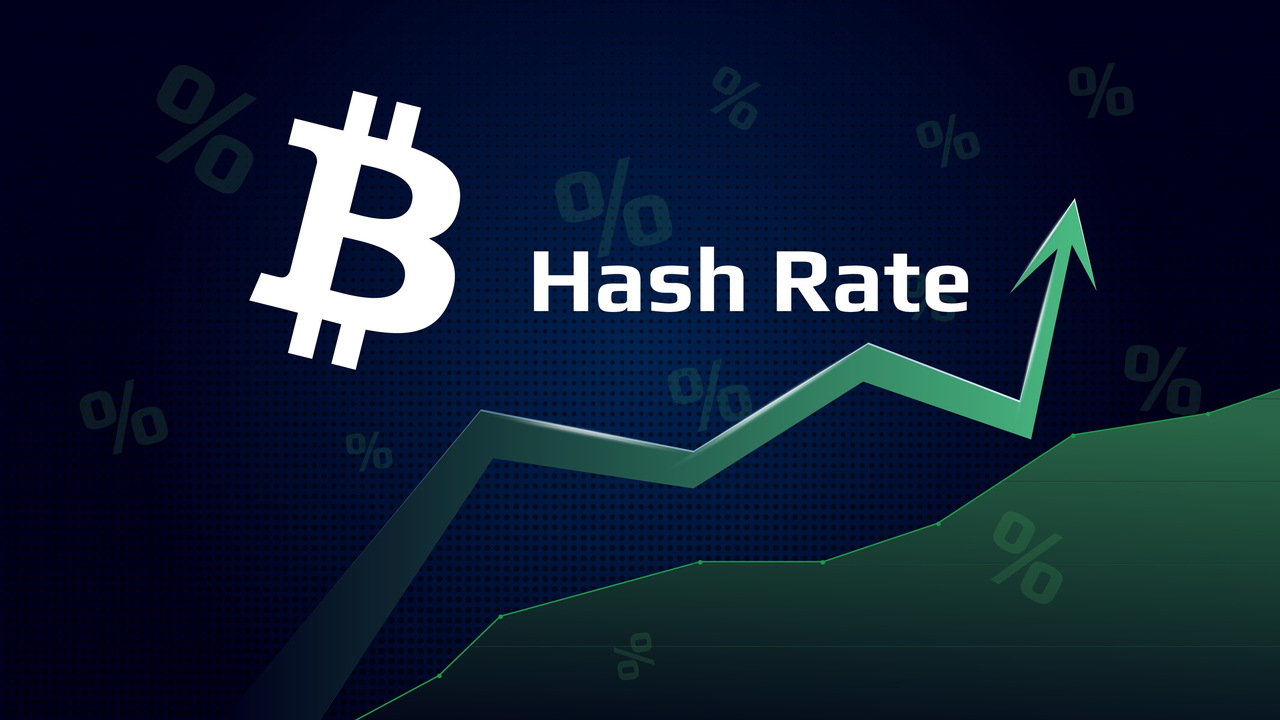The Bitcoin hash rate hitting all-time high ushers in a new era in blockchain computing. It broke records on September 1, surging over 742 EH/s. The network’s hash rate is an important indicator of its security and processing power. This surge highlights the strong development of Bitcoin’s infrastructure. This remarkable achievement comes as the Bitcoin network difficulty also reaches historic highs. The difficulty level of 89.4 trillion indicates the escalating computer power needed to mine new blocks. It strengthens Bitcoin’s position as the most secure and decentralised cryptocurrency network.

Deciphering the Bitcoin Hash Rate All-Time High
The hash rate is the overall processing power protecting the Bitcoin network. Hence, it is an important measure of how strong and secure the network is. Recent surge to above 742 EH/s shows Bitcoin’s mining infrastructure progress and improvement.
CryptoQuant reports a steady rise in hash rate since 2021. It follows the trend towards ASICs and other strong and efficient mining technology. The total increase in network hash rate is due to these specialised devices’ design to maximise mining efficiency. The Bitcoin Hash rate record high has drawbacks. Bitcoin mining costs more as network hash rate climbs. So, miners must update their gear to compete in an ever-changing sector. They must expand their operations, and increase their energy use.
The Mining Industry Faces Economic Strain
Although the Bitcoin hash rate all-time high is remarkable, it has put miners under more financial strain. Revenue for miners is still being hit hard by the increased hash rate and correspondingly high difficulty rates. Revenues fell to a record low of $827.56 million in August 2024. Thus making it the most difficult month for miner profitability since September 2023.
The financial difficulties that miners are experiencing were highlighted in a recent analysis by JP Morgan. Based on the data, it’s clear that miners are feeling a revenue squeeze from a variety of places. These include the decreased block subsidy and rising energy prices. Riot Platforms and MARA stood out among the five Bitcoin mining businesses analysed in the report. They had the greatest expenditures per Bitcoin coming in at over $62,000 and $55,700, respectively.

Mining companies are looking for methods to boost revenues and stay afloat amid current economic issues. Several corporations are forgoing corporate debt to lower their debt-to-equity ratios. They are now offering equity to investors. Further, several mining businesses are contemplating branching out into HPC and artificial intelligence. To make up for drops in mining income, these businesses invest their resources into data centres that handle information.
Renewable Energy: A Potential Solution to Offset Costs
Mining companies are researching renewable energy options to save costs due to the Bitcoin hash rate all-time high. To stay competitive in the tough mining industry, companies like MARA are exploring renewable energy. Converting landfill methane gas into useful energy is something that MARA has been exploring with landfill-gas-to-energy systems. This method solves environmental problems caused by conventional mining. Simultaneously, it provides a sustainable energy source.
In addition, MARA may be moving in the direction of getting more of its energy from sustainable sources. This is so since it recently struck a contract with the Kenyan government to build up the country’s renewable power infrastructure. The action may inspire other mining companies aiming to balance making a profit and environmental consciousness. This is especially true considering the Bitcoin Hash rate all-time high.
The Global Impact of Increased Mining Activity
Outside of mining, the Bitcoin hash rate all-time high has far-reaching effects. The geographical distribution of mining power is shifting as Bitcoin mining nations grow. The redistribution of hash rate might affect the power dynamic inside the Bitcoin network. Also, it has geopolitical ramifications. Fresh concerns about Bitcoin’s environmental impact have arisen from its record-breaking hash rate. This is because it uses more energy. Bitcoin miners are criticised for high carbon emissions. Supporters argue that the usage of renewable energy reduces emissions.

Conclusion: Navigating the New Era of Bitcoin Mining
The latest Bitcoin Hash rate All-Time High record high is a watershed moment in crypto. It serves as a testament to the increasing robustness and the network’s scalability. On the other hand, it highlights the many issues. These include the economic and environmental concerns that the mining sector must contend. Bitcoin stakeholders and miners must be adaptive as the ecosystem grows. The industry’s commitment to operational diversity and renewable energy shows its resilience and ingenuity.
Blockchain technology is powerful and promising, as Bitcoin’s hash rate set a record. Bitcoin’s integration into the global financial system and network strengthening promise an exciting future. This will allow for greater acceptance and integration of the technology.




































































































![BitTorrent [New]](https://s2.coinmarketcap.com/static/img/coins/64x64/16086.png)














